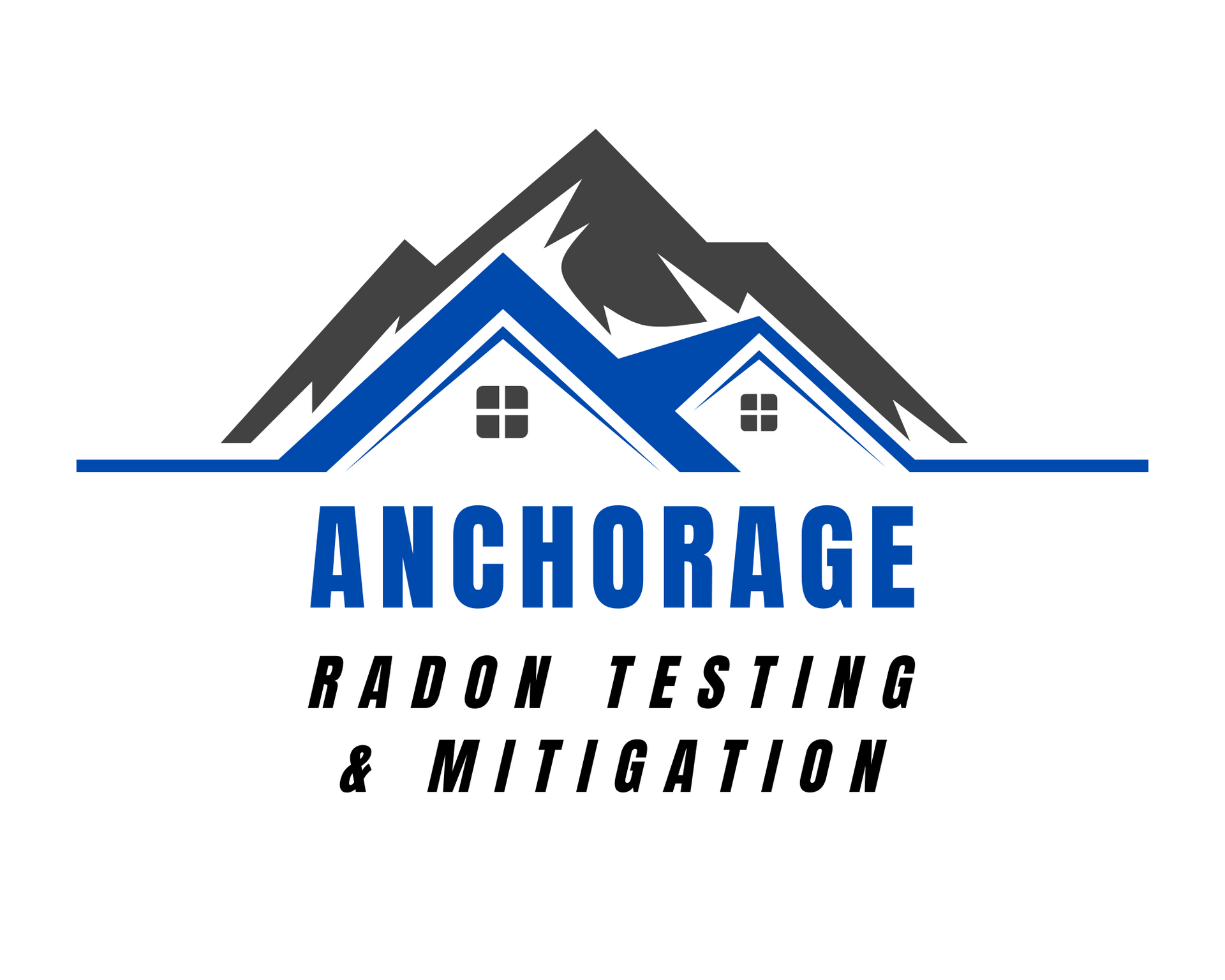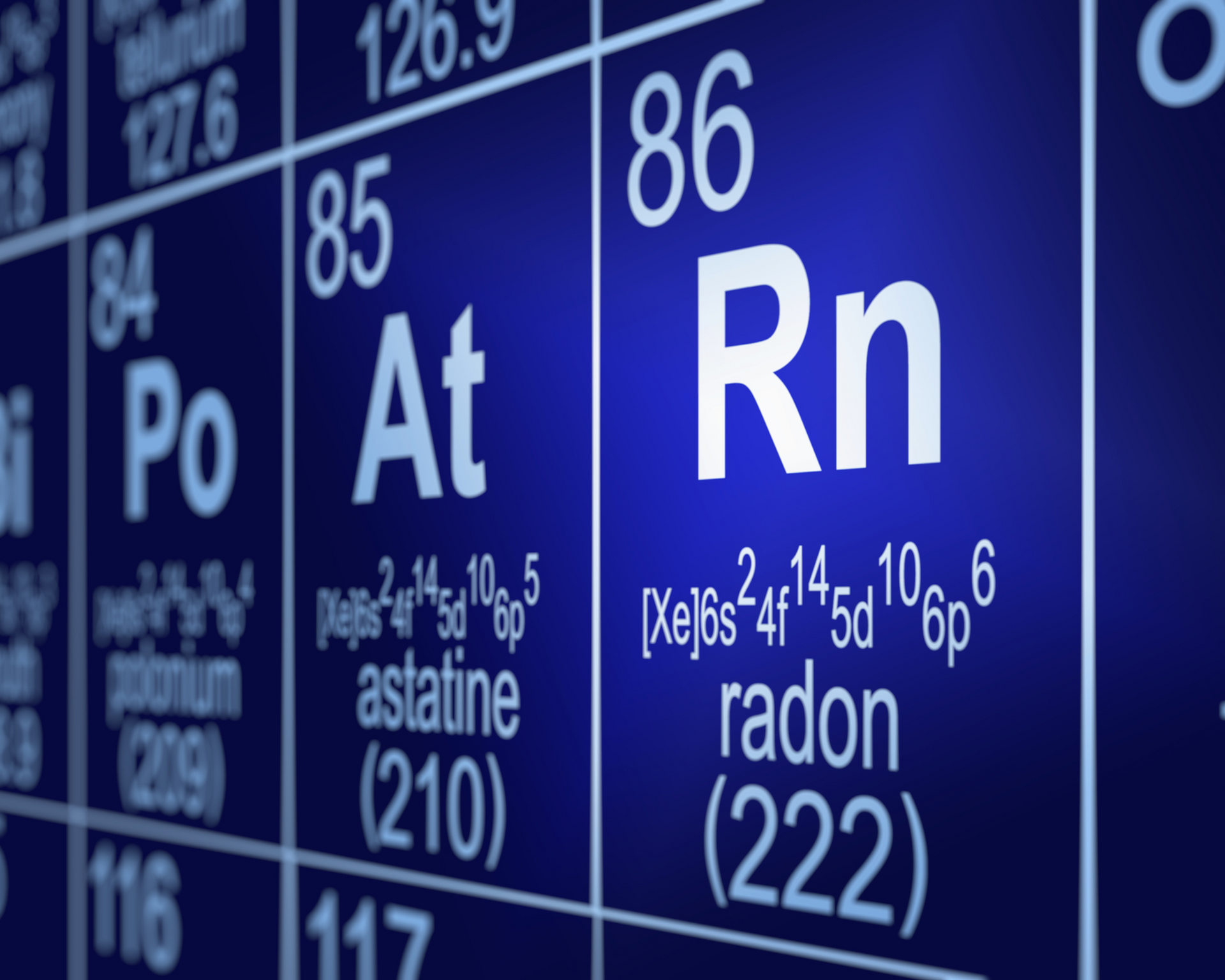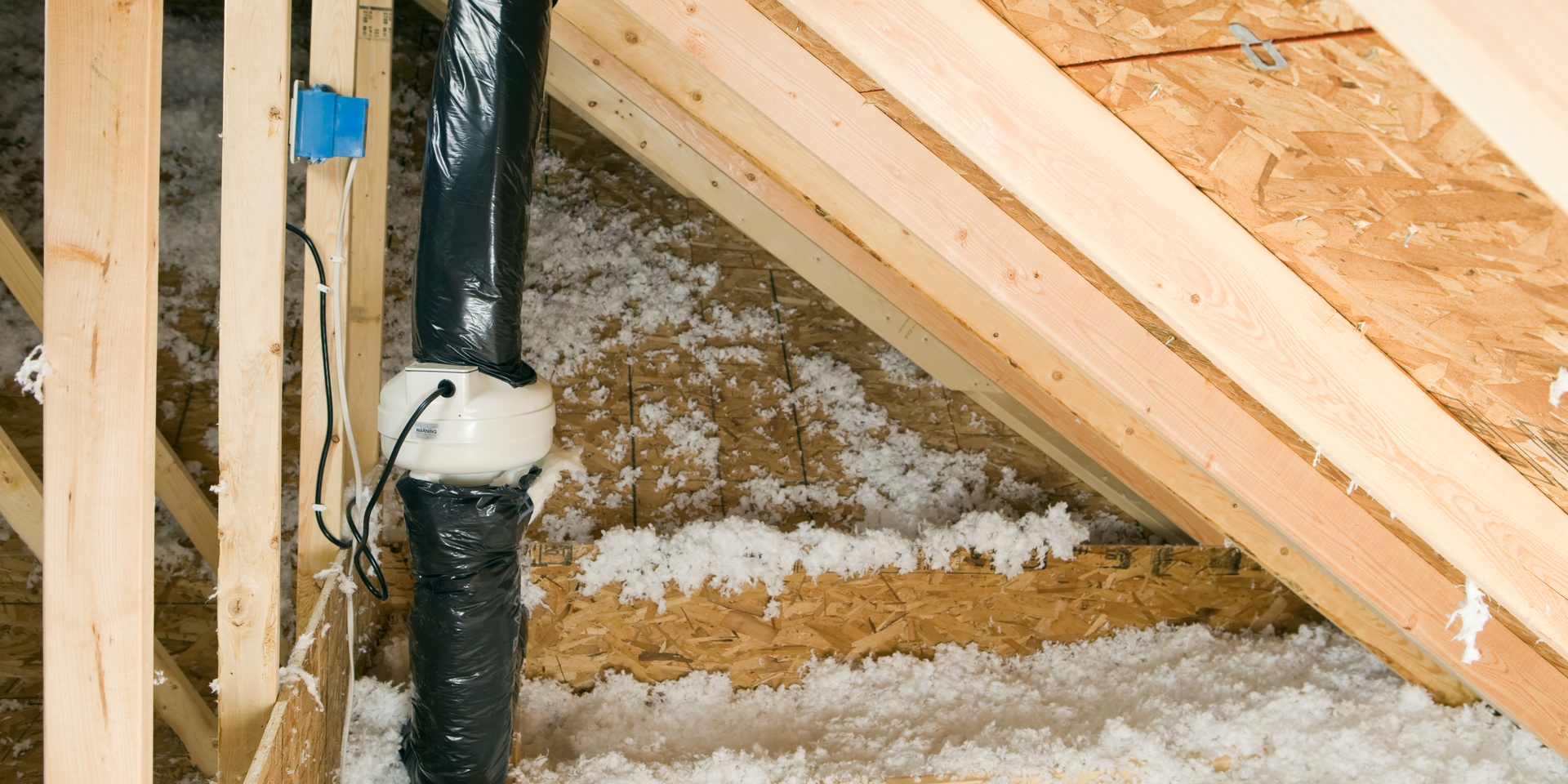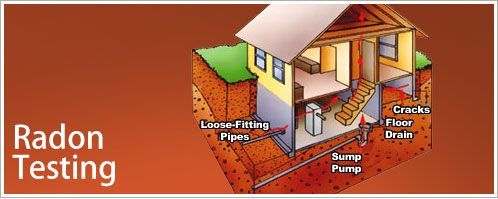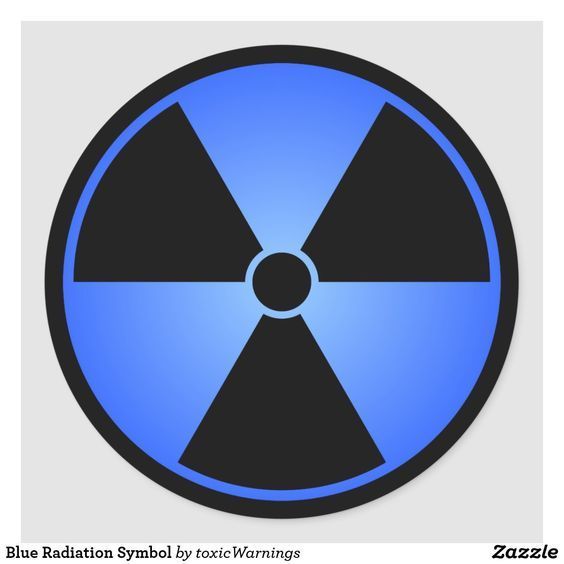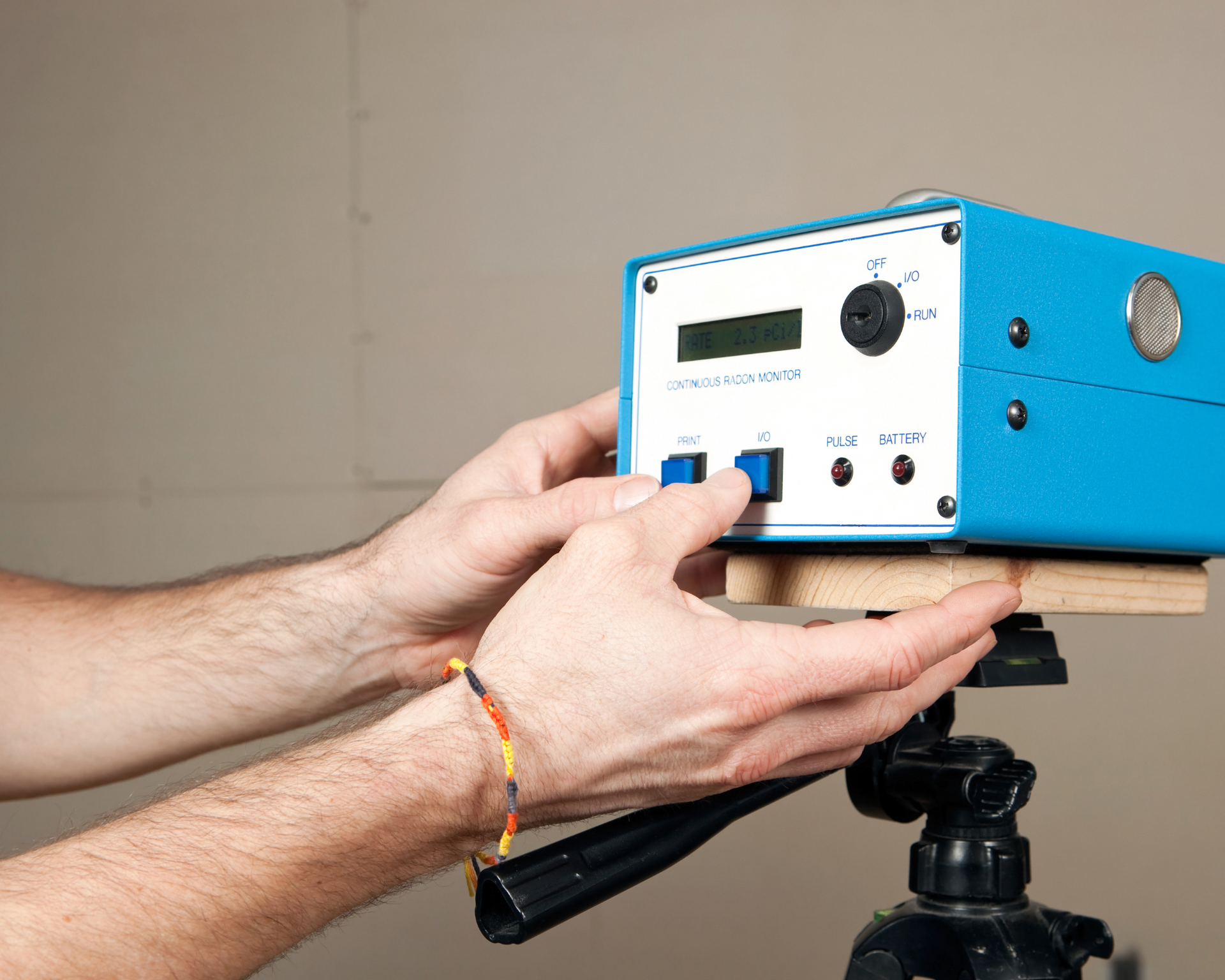What is Radon Radiation?
And What Does It Do To You?
As we have previously pointed out, radon is a naturally occurring radioactive gas that arises from the decay of uranium in rocks and soil. It's invisible, odorless, and tasteless, making it difficult to detect without specialized equipment. As it rises from rock and soil, radon can be trapped and accumulate in homes and buildings. This trapped radon gas can potentially increase the risk of lung cancer in people and pets.
More specifically:
- Source -- Radon is produced when uranium, a naturally occurring radioactive element, decays in rocks and soil.
- Movement -- Radon can seep into homes and buildings through cracks in the foundation, gaps in walls, and other small openings.
- Indoor Accumulation -- In areas of poor ventilation, radon can build up inside homes, especially in basements.
- Health Risks -- Breathing in high levels of radon over time can increase the risk of lung cancer. It is actually the second leading cause of lung cancer after smoking.
- Detection -- Radon is invisible and odorless, so specialized testing is the only way to know if your home has unhealthy levels.
- Mitigation -- If we discover that radon levels are high, we have methods to reduce them, such as ventilation systems and sealing cracks in the foundation.
What Can It Do To People?
Exposure to radon can damage lung tissue and lead to an increased the risk of developing lung cancer. When inhaled, radon and its radioactive decay products can become trapped in the lungs. This can lead to long-term health problems such as lung cancer. Radon is known as a leading cause of lung cancer.
Here's a more detailed explanation:
- Radioactive decay: Radon is a radioactive gas which decays into radioactive particles.
- Lung damage: When inhaled, these radioactive particles can damage the lining of the lungs, leading to cell damage.
- Lung cancer risk: Over time, this cell damage can develop into lung cancer.
- Smokers at even higher risk: People who smoke and are also exposed to radon have a substantially higher risk of developing lung cancer compared to those who have radon exposure but don't smoke.
- Symptoms: Symptoms of radon exposure, including lung cancer, may not appear for years. But symptoms can include a persistent cough, coughing up blood, chest pain, and unexplained weight loss.
- Testing is crucial: It's important to test homes and workplaces for radon levels to identify and mitigate potential risks.
